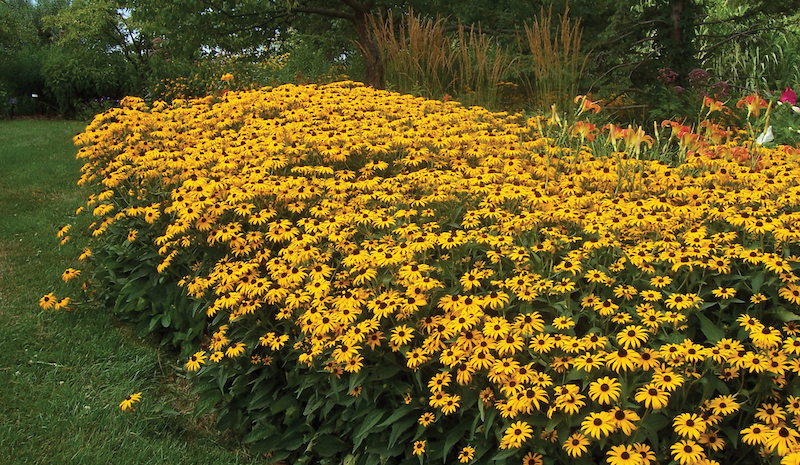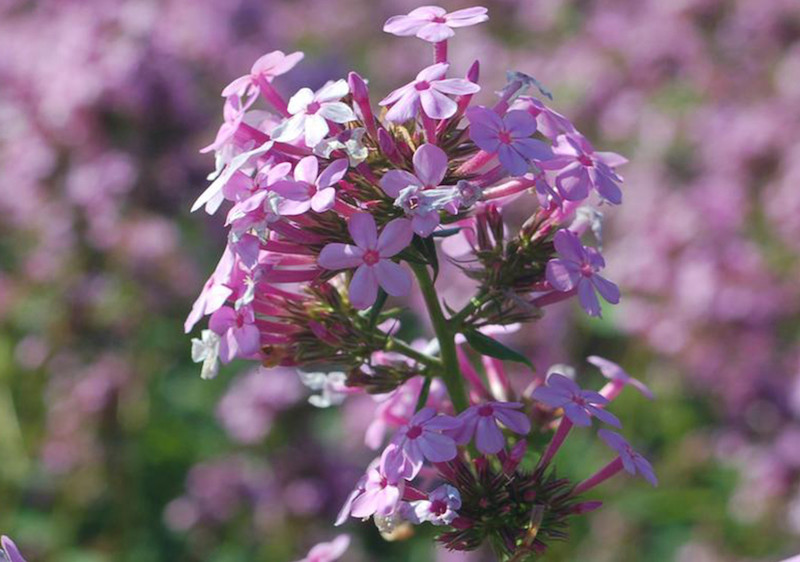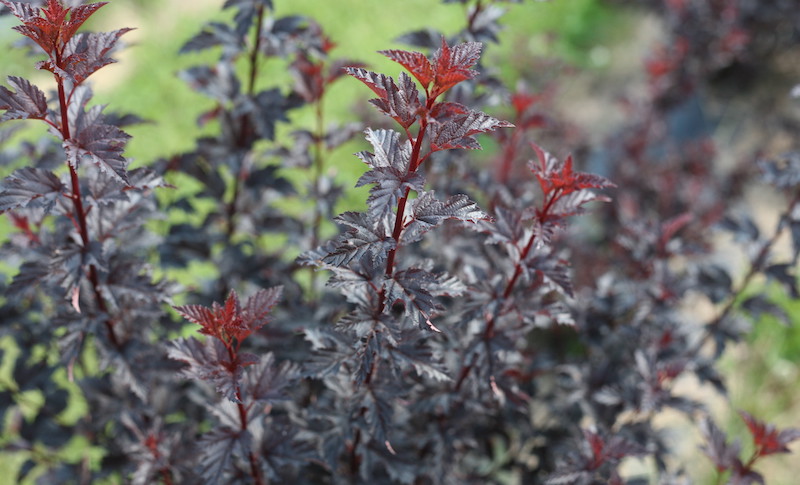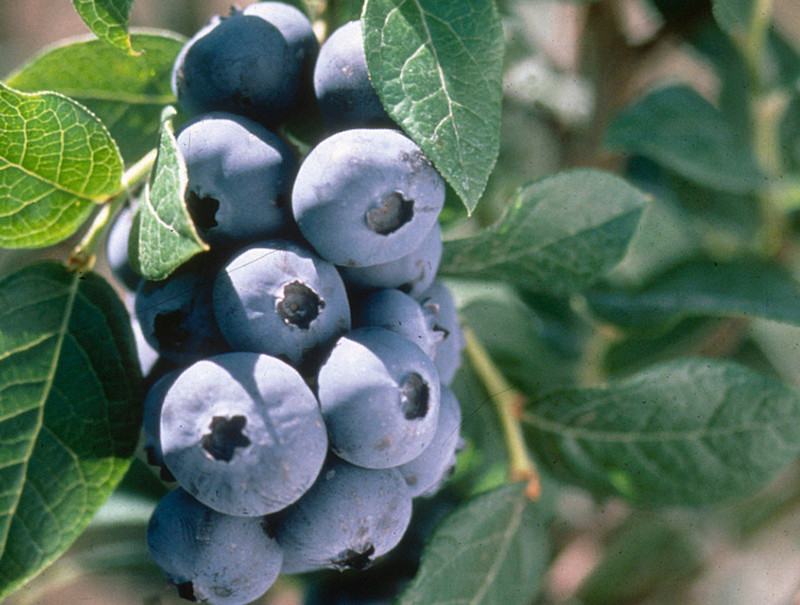When it comes to plants, almost all native plants are beneficial to grow. They provide food for wildlife through their pollen, leaves and seeds. Native plants also provide protection for many animals and insects throughout the year and may serve as a host plant for certain insects to complete their life cycle. Another benefit of growing native plants is they typically require less water, do not require fertilizer, are non-invasive and are lower maintenance than other plants that are not native to your area.
However, most plants listed as Native to North America aren’t “true natives” according to the strict definition.

Definition Of True Native Plants
The strict definition of “true” native plants by many horticulturists, botanists and growers is a plant that can be found in the wild with no human intervention. If you collect seeds from one of these plants and grow the plant from that seed, those plants would be considered a true native plant.
However, any plant that is propagated from a native plant is no longer considered a “true native”. It is now considered a “nativar”. Growing from seed versus propagation will introduce variability in the plants produced, thus increasing the genetic diversity if growing from seeds. The genetic diversity is important in nature for giving a plant species more chances to be successful in different environments.
Definition Of Nativar Plants
Nativar is short for “native cultivar” and means that the plant is derived from a native plant, but isn’t considered a “true native” because it has been selected and propagated by humans. Often, growers will select specific plants based on their traits, and propagate only from those select plants. The traits often include disease resistance, stronger stems, brighter or larger blooms, variegated foliage, being sterile or a specific growth habit.
Growing from vegetative propagation, such as cuttings, will ensure more consistency from the plants being grown, and less genetic diversity than growing the plants from seed.
In order for a plant to be considered a nativar, it must have only native plant parents. If a plant is a mix between a native and a non-native, it is no longer considered a nativar and now considered a cultivar or hybrid.

Similarities Of Natives & Nativars
Both native plants and nativar plants have a lot of benefits when included in your garden. Most notably, both are generally very drought tolerant and have strong winter hardiness. The plants are both generally considered non-invasive and will add to the diversity of your local ecosystem. Both natives and nativars also do not need to be fertilized regularly like other plants either.
Differences Of Natives & Nativars
True native plants are widely considered better for the local wildlife. This is because some nativars are bred for specific traits (like larger blooms) but may not be as beneficial to the local wildlife because of the modified traits. Studies have shown that leaf-eating insects prefer normal green foliage versus variegated or darker foliage, which some nativar plants, such as Summer Wine® Ninebark, feature. This doesn’t mean that nativars aren’t good for local wildlife; the value to wildlife will vary based on the selected traits. Some nativars, such as Jeana Native Phlox, are just as good or even better than their native parents at supporting pollinators.

Nativars often have desirable characteristics such as larger flower size, a more compact shape, showy foliage, tastier/larger fruit, etc that gardeners seek out. The effects of these traits on wildlife can vary. For example, double flowers can make it extremely difficult for pollinators to collect pollen and nectar. However, traits like large fruit size, as seen with the Chandler Highbush Blueberry nativar, may actually be more appealing and supportive to wildlife. Still other traits like growth habit may have little to no effect on wildlife or may be difficult to study.
Some positives of growing nativars versus true natives are that some nativars are actually easier for gardeners to grow. This is due to the characteristics these plants are bred for, such as disease resistance and winter hardiness. These optimized nativars may have a better chance at surviving than a true native plant would and can be grown more successfully outside the range of the parent species.
Another benefit of growing nativars would be finding more size options. Maybe you don’t have room in your garden for a regularly sized native plant, but you do have room for a nativar bred for its dwarf size or narrow growth habit.
Keep in mind that nativars are often propagated by cloning and therefore are genetically identical copies of each other. That is good news for gardeners looking for predictable traits; however, cloning limits the genetic diversity of a plant species and its ability to adapt to different stresses, such as pests and global warming. If nativars become so overused that they overtake the species in the wild, the future of that plant could be at stake.

How To Distinguish Between True Native Plants & Nativars
The easiest way to tell the difference is by their name. A true native plant won’t have any trademarks associated with it. So if there is a name beyond the scientific name of the plant, it probably isn’t a straight species and is considered a nativar plant.
Natives vs Nativars Comparison Chart
Here are some general differences between natives and nativars to consider when choosing the plants to grow in your garden.
|
Characteristic |
Native Plants |
Nativar Plants |
|
Genetic Diversity |
High |
Low |
|
Beneficial To Wildlife |
High |
Medium |
|
Easy To Grow |
Yes |
Yes |
|
Attractiveness |
Medium |
High |
|
Availability In Stores |
Low |
High |
|
Special Resistances |
No |
Sometimes |
|
Size Options |
Low |
High |
Choosing Between True Native Plants & Nativars
When choosing plants for your garden, you must decide which traits are most important to you. Here are the most important factors to consider:
-
Make sure to choose a native plant actually native to your area.
Some plants native to other states can actually be invasive to your area, or may not survive the winters or summers in your area. We’ve listed out which plants are native to which states to help you make an informed decision on which plants would be best for your garden.
-
What are your goals for your garden?
If you would like to support the most wildlife including beneficial pollinators, then true native plants are probably the way to go. If you want to grow plants that have benefits to wildlife and traits that you really like, then a nativar might be the better choice.
-
What plants are actually available to purchase?
At Plant Addicts we sell both true native plants and nativars. Our team is more than happy to assist you in selecting out what plants will work best for your goals.
 |
Author Chris Link - Published 4-06-2023 |
